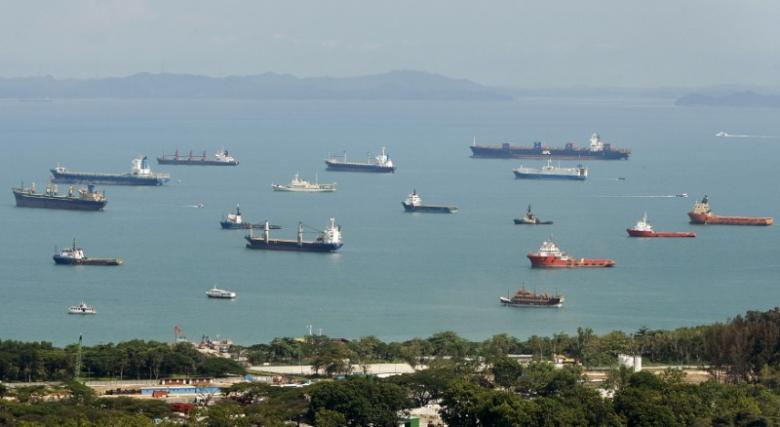Senegal’s first ever crude cargoes will supply refineries in the Netherlands and Germany, according to trading sources and ship-tracking data, as the West African country celebrates its newfound status as an oil exporter.
The Greek-flagged Maran Poseidon crude tanker arrived July 1 at the 100,000 b/d Sangomar oil project — operated by Australia’s Woodside Energy — to lift Senegal’s maiden cargo of medium-sour crude, according to S&P Global Commodities at Sea. The vessel is expected to finish loading and depart before July 20.
The first cargo will sail to the Dutch hub of Rotterdam, with a second expected to load imminently and discharge in Trieste, Italy, sources told S&P Global Commodity Insights.
Commodity Insights previously reported that Shell was the buyer of the first cargoes of Senegalese crude, with Shell International Trading listed as the charterer of the 1.06-million-barrel-capacity Maran Poseidon. Shell did not respond to requests for comment.
A Woodside spokesperson said only that “the first shipment from Sangomar is on forecast and will happen soon.”
A shipment to Rotterdam suggests the first batch will be refined at one of the city’s large refineries, such as Shell’s 404,000 b/d Pernis refinery, one of Europe’s largest.
Imports to Trieste indicate supplies are inbound to Shell’s MiRO refinery in Karlsruhe, which is fed by the Transalpine pipeline connection (TAL) from the Italian port.
As Germany’s largest refinery, 310,000 b/d MiRO is a key supply link to Germany’s southwest, Switzerland and Austria, exporting its products via barge on the Rhine river.
With a 32.25% stake, Shell is the majority owner alongside ExxonMobil (25%), Rosneft (24%) and Phillips 66 (18.75%). Shell has expressed intentions to divest from the refinery however, vowing to downsize its European refining presence to just two plants — Pernis and Rheinland.
The first Senegalese shipments mark up to 100,000 b/d of non-OPEC+ oil hitting the European market just as the producer alliance is seeking to stabilize oil prices with a series of overlapping cuts to counter surging crude production in the Americas.
Key crude suppliers to Rotterdam in June were the US, UK, Russia and Norway, while the port at Trieste received oil from Russia, Libya and Turkey, according to CAS data. A Woodside spokesperson previously told Commodity Insights that Sangomar crude “has medium-sour qualities analogous to grades such as Oman and [Norway’s] Johan Sverdrup.”
The second cargo is also expected to load in July, sources said, while shipping news group TradeWinds reported that the Liberia-flagged Goldway crude vessel would lift it. The Suezmax was just north of Dakar, Senegal’s capital, on July 12, according to CAS.
New era
Senegal’s first crude cargo comes a month after the African nation achieved first oil, marking a turning point for its fragile economy. Officials see the nascent oil sector as central to stopping desperate young Senegalese from making perilous journeys to Europe in search of economic opportunity.
“First oil from the Sangomar field marks a new era not only for our country’s industry and economy, but most importantly for our people,” Thierno Ly, the Head of Senegal’s national oil company Petrosen, said in a June statement. “We have never been so well-positioned for opportunities for growth, innovation and success in the economic and social development of our nation.”
Woodside holds an 82% stake in the Sangomar project, alongside Petrosen with 18%. Its crude loads from the 1.3-million-barrel floating production storage and offloading unit Leopold Sedar Senghor named after Senegal’s first president — which sits some 100 km off the coast of Dakar.
The country is also eagerly awaiting startup of the long-delayed 2.3 million mt/year Greater Tortue Ahmeyim LNG project, developed BP and Kosmos Energy, which straddles the Senegal-Mauritania border and should come online later this year.
Source: Platts






